Yes a WPF application, just as any other application that is able to send HTTP requests and receive responses, is able to consume an ASP MVC controller action.
After all, ASP MVC framework just parses URLs, deduces routes information (area, controller, actions, parameters and so on), and finally invokes the associated action with parameters before sending you an HTTP response.
From MSDN :
In contrast, user interaction with ASP.NET MVC applications is
organized around controllers and action methods. The controller
defines action methods. Controllers can include as many action methods
as needed. Action methods typically have a one-to-one mapping with
user interactions. Examples of user interactions include entering a
URL into the browser, clicking a link, and submitting a form. Each of
these user interactions causes a request to be sent to the server. In
each case, the URL of the request includes information that the MVC
framework uses to invoke an action method.
So even a simple HttpClient would be enough to interact with an ASP MVC controller action.
But you can also use a framework or library of your choice that help you to build HTTP requests and/or to transform HTTP responses into something more suitable for your application.
It's not mandatory but it could make save some time!
That being said, beware of all scenarii requiring authentication, it could get things harder :
- If you need forms authentication, then you can to retrieve your auth
cookie first, and then include it in future HTTP requests (see
this post for more information)
- If you need windows authentication, then you have to provide your credentials (see this page from asp.net website)

